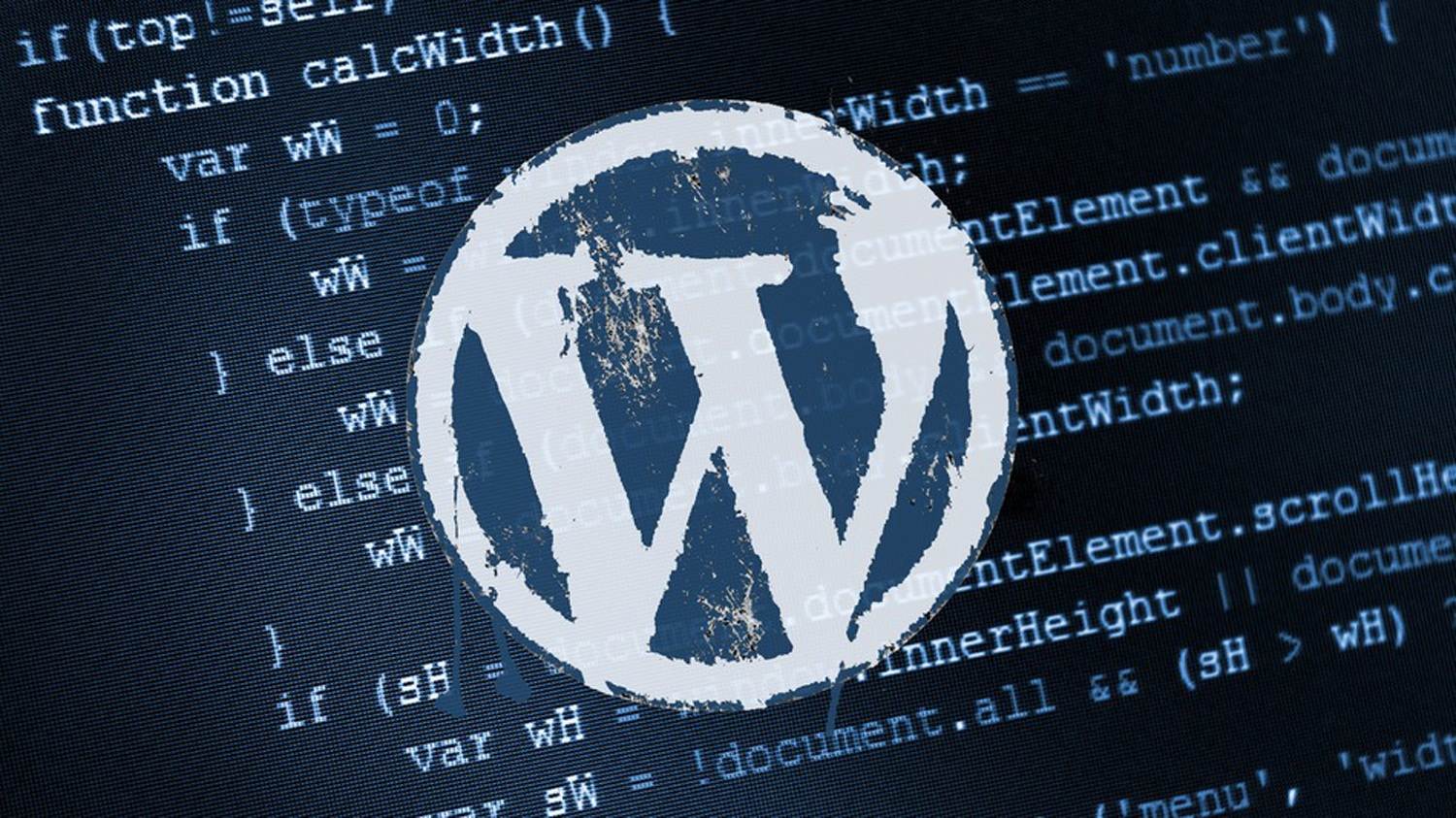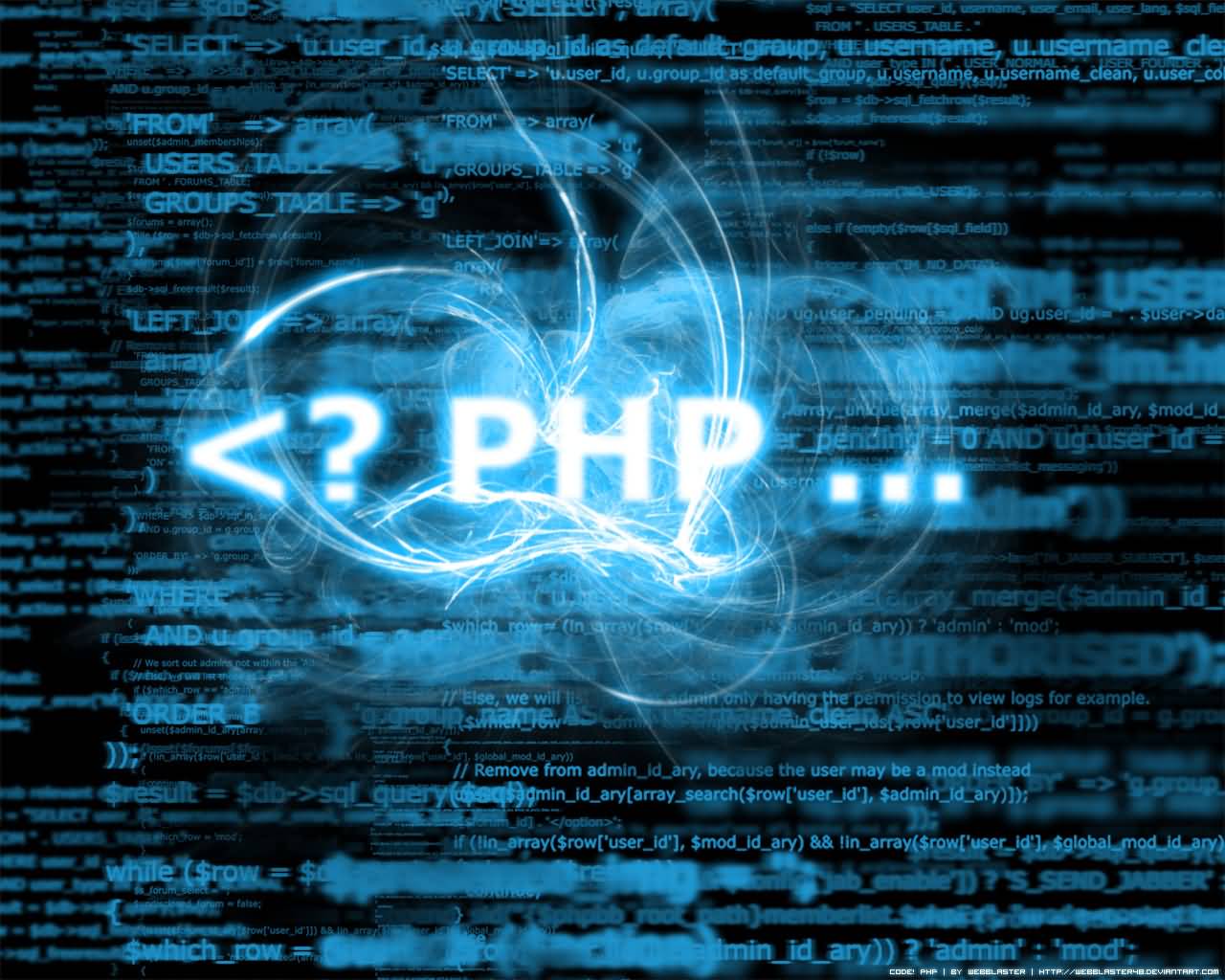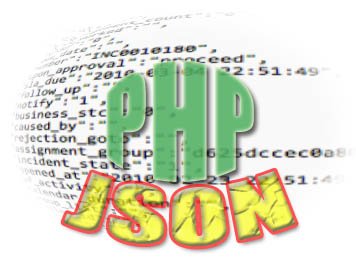WordPress Security Tips
The security of your WordPress site is vital for protecting both your data and your users. If you don't take the necessary security measures, your site could be hacked or you could experience data loss. Some security steps I've implemented in my own WordPress projects have both improved site performance and prevented potential threats. In this article, I'll share practical security tips you can apply during and after the WordPress installation. Let's get started!
Security Tips During WordPress Installation
- Create a Strong Database Password Your database password should be strong; it should include uppercase and lowercase letters, numbers, and special characters. For example, a password like "Password123!" is difficult to guess. I increased database security at a client site by using a strong password, and it became the first line of defense against potential threats.
- Don't Keep Database Name and Username Simple Avoid easily guessable names like "database," "db," or "admin" for the database name and username. Choose unique and complex names. In one project, I found that generating the database name with a random string reduced security vulnerabilities.
- Table Prefix Should Not Be Default The default prefix for WordPress installation is "wp_." This is the most common table prefix, making it a target for hackers. Use a different prefix, such as "xyz_." I increased database security by choosing a custom prefix when setting up a blog.
- Be Careful When Choosing Your Username and Password Don't use default usernames like "admin" or "administrator," as these are the first targets to be tried. Also, create your password with uppercase and lowercase letters, numbers, and special characters. For example, a password like "Yonetici2023#" is a safe choice. Applying this rule to a WordPress site has helped protect against brute-force attacks.
Security Tips After WordPress Installation
- Add Security Rules to the .htaccess File You can make your site more secure by adding the following codes to your .htaccess file:
# Block access to .htaccess file Order Allow, Deny Deny from all # Remove server signature ServerSignature Off # Limit file upload size to 10MB LimitRequestBody 10240000 # Block access to wp-config.php Order Allow, Deny Deny from all # Block access to wp-load.php Order Allow, Deny Deny from all # Disable directory listing Options All -IndexesWhen I implemented these rules on an e-commerce site, I prevented unauthorized access to sensitive files and increased site security.
- Use Unique Keys The wp-config.php file contains a unique keys section. By default, it looks like this:
define('AUTH_KEY', 'write your unique phrase here'); define('SECURE_AUTH_KEY', 'write your unique phrase here'); define('LOGGED_IN_KEY', 'write your unique phrase here'); define('NONCE_KEY', 'write your unique phrase here'); define('AUTH_SALT', 'write your unique phrase here'); define('SECURE_AUTH_SALT', 'write your unique phrase here'); define('LOGGED_IN_SALT', 'write your unique phrase here'); define('NONCE_SALT', 'write your unique phrase here');These keys are crucial for encrypting cookies and passwords. http://api.wordpress.org/secret-key/1.1/salt You can copy and paste the unique keys provided by WordPress into this section by going to the . When I updated these keys in a project, I noticed a significant increase in session security.
- Keep Plugin Usage to a Minimum Plugins can slow down your site and increase security vulnerabilities. Use as few plugins as possible and install only the ones you need. When I removed unnecessary plugins from a blog site, the site became faster and security risks were reduced.
- Get Themes and Plugins from Reliable Sources For themes and plugins, choose the official WordPress repository or write your own. Definitely avoid pirated (warez) themes or plugins, as they often contain malicious code. When I use a theme from an official source on a client site, I've completely avoided security issues.
Most Important: Keep WordPress Updated
WordPress releases regular updates for themes and plugins. These updates close security vulnerabilities and improve performance. Always keep your site up to date. Once I neglected to update, a small security vulnerability caused a headache, so I never skip this rule!
Conclusion
The security of your WordPress site is critical for both user experience and data protection. By following these tips, you can protect your site from hackers and data loss. I've created secure and fast sites by following these steps in my own projects. Strengthen your WordPress site with these simple yet effective methods!




